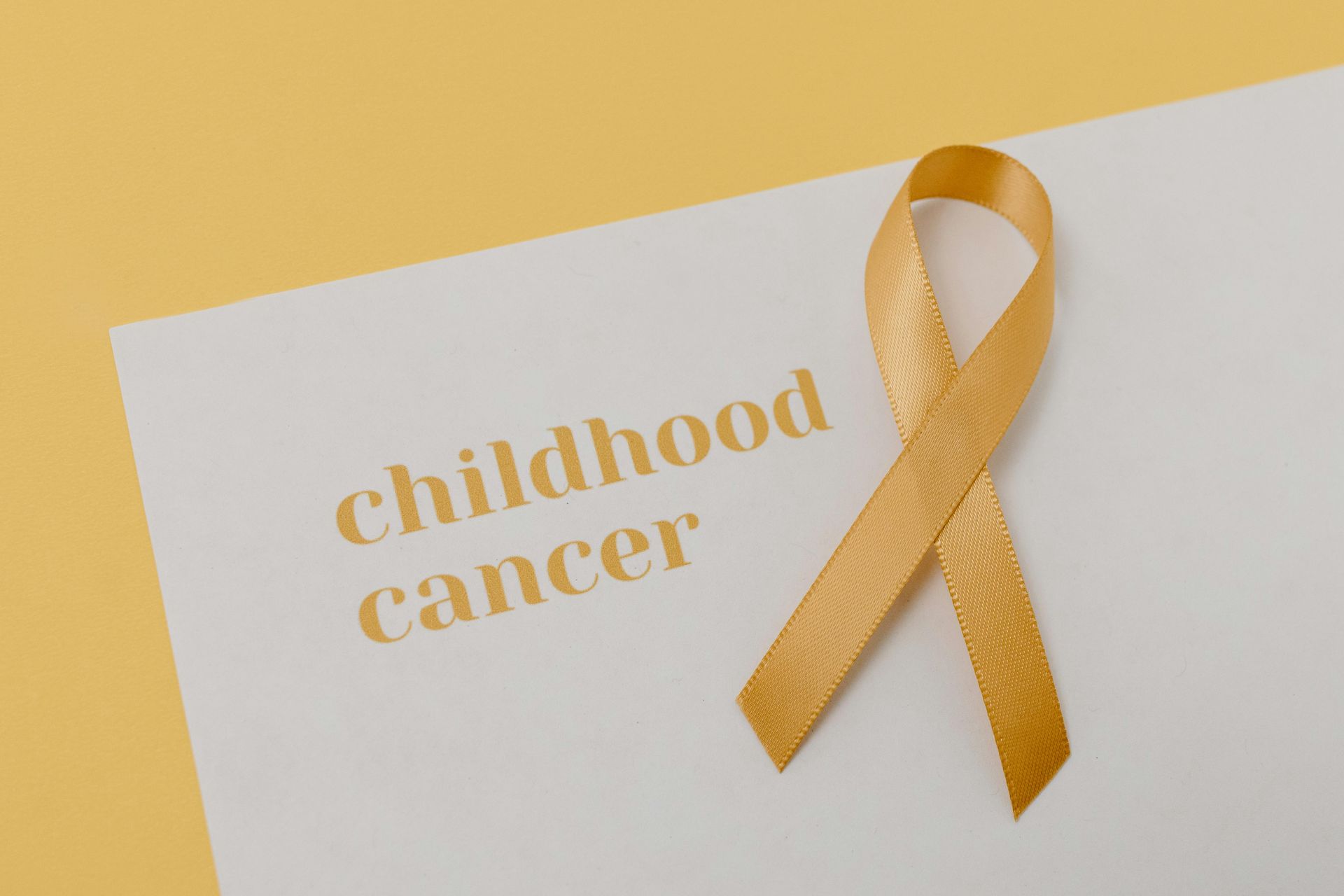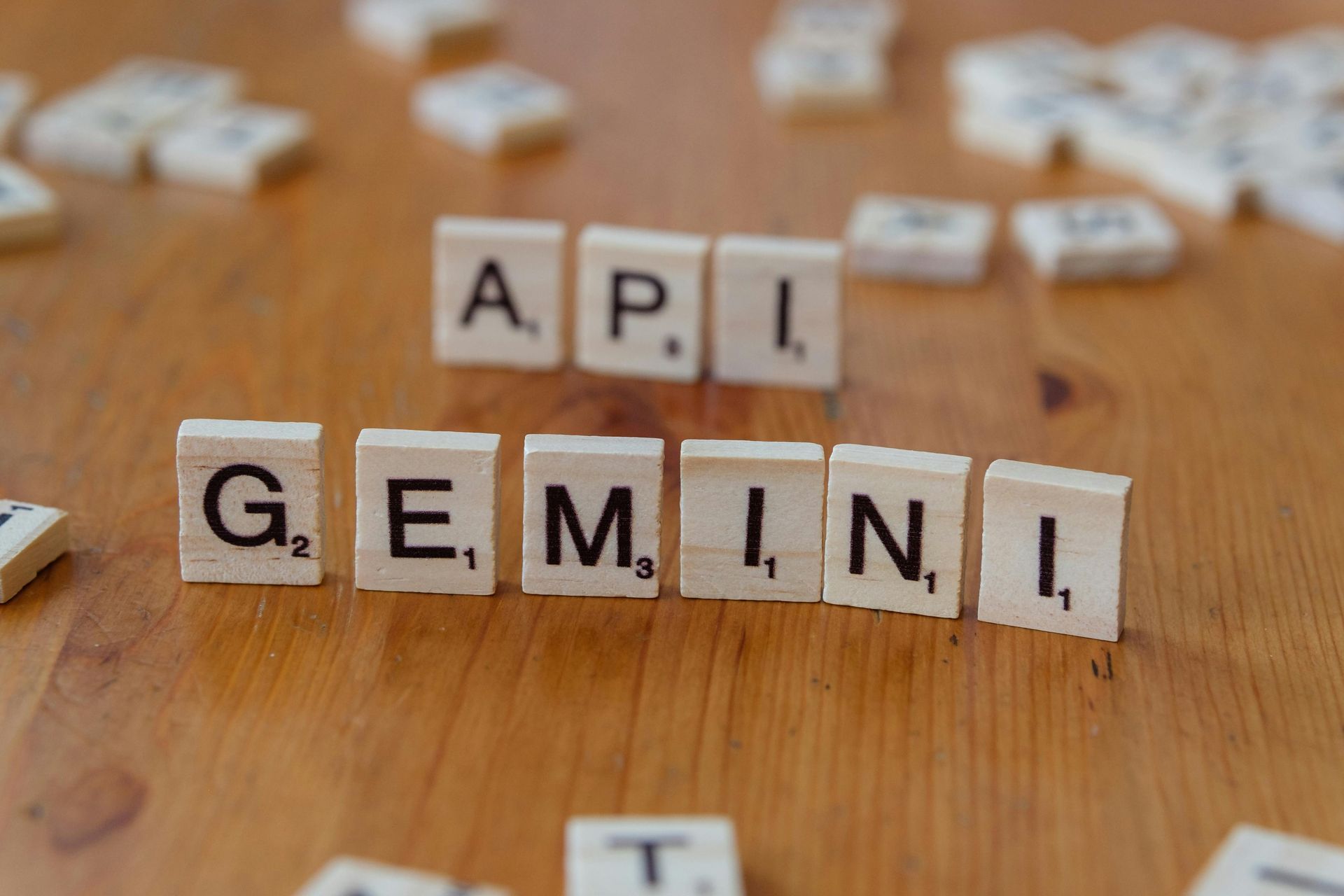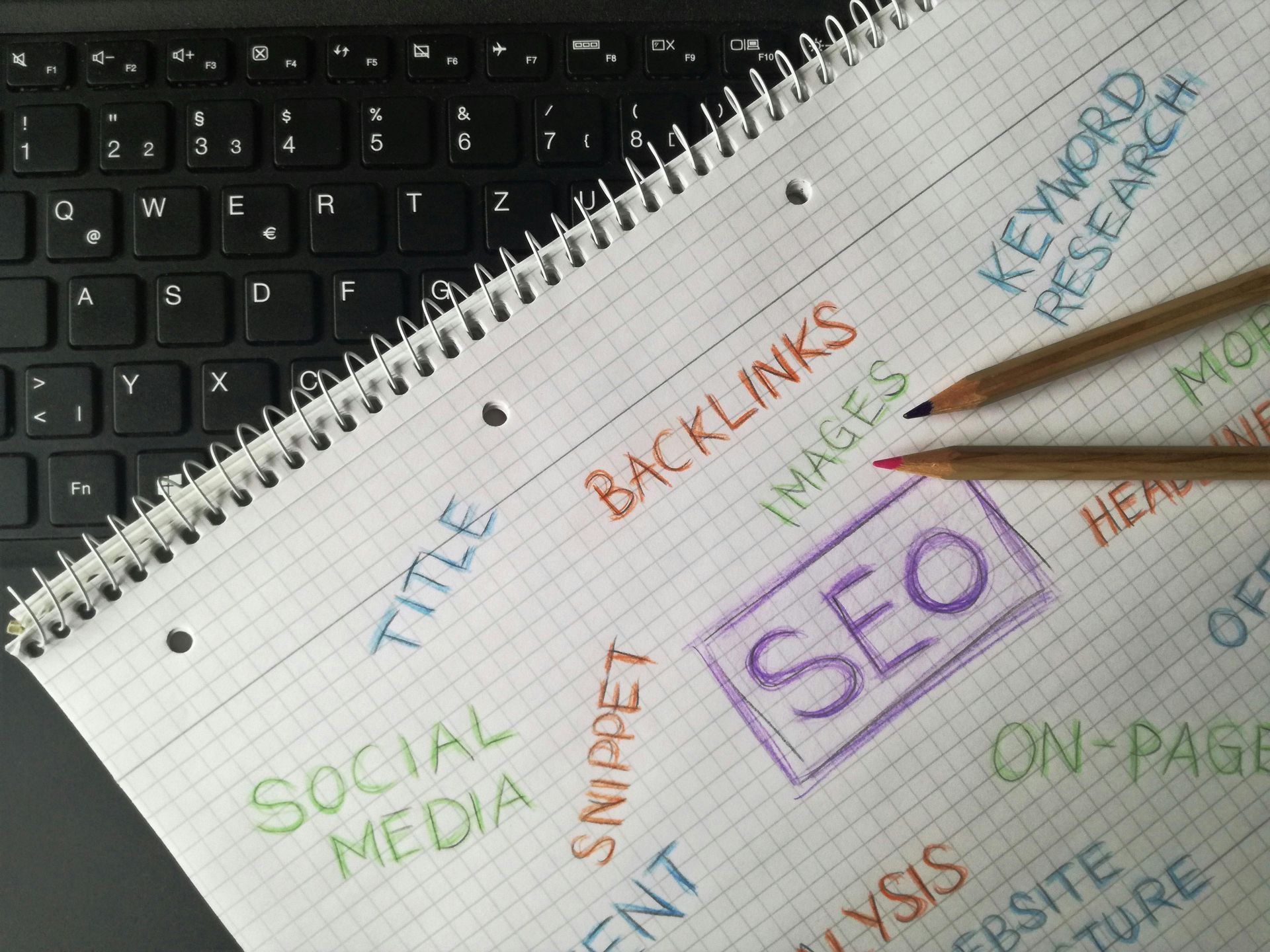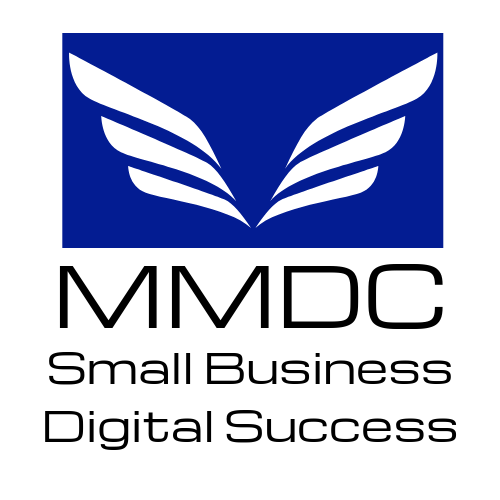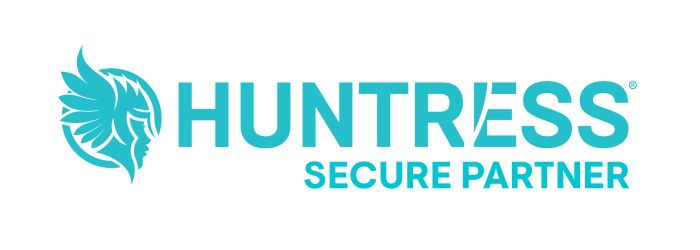Understanding Basic Web Development Terms and Acronyms
From CRD to OOP Here's What You Need to Know

The language of web developers is full of acronyms and terms that are relatively unknown to folks outside of the development world. For example, when you’re going through the process of building a brand new site or redesigning an existing site, you might feel a little lost when your developer tries to explain things to you.
The jargon of the web development industry is confusing for those who don’t work with websites daily. Here are the most commonly used web development terms and acronyms that will expand your web development vocabulary and make things a little easier.
- HTML — Hypertext Markup Language
HTML, or hypertext markup language, is the first part of front-end development and the foundation of all websites. This language is used to display content like paragraphs, images, videos, and links on the web. In the car analogy, HTML would be the gears and bolts that the car is built from.
- CSS — Cascading Style Sheets
CSS, or cascading style sheets, is a coding language that sets the style and layout of web pages, as well as the colors and effects used in them. While HTML provides the content and structure of a website, CSS makes it visually appealing. Using the above-mentioned car analogy, CSS to a website would be equivalent to the outer skin and paint job of a car.
- URL — Uniform Resource Locator
URL, or uniform resource locator, is the complete web address for a specific web page. URLs indicate the specific path the browser needs to take to find particular files and resources stored on the internet. URL, often interchanged with a domain name, can often look long and intimidating. But each additional section is essentially another set of directions to tell the website what route you would like it to take.
- API — Application Programming Interface
API, or application programming interface, is a set of programming protocols that enables a software or application to connect with and incorporate data from another application.
- SQL — Structured Query Language
SQL, or structured query language, requests and interacts with data from a database using queries. This could be adding, updating, deleting, or altering data.
- CRUD — Create, Read, Update, Delete
CRUD is short for create, read, update and delete - the four most basic functions of a website. These are the basic interactions that users have with every website.
- REST — Representational State Transfer
REST, or representational state transfer, is essentially a set of constraints and best practices to standardize website design so everyone does not have to proverbially reinvent the wheel with every new website.
- OOP — Object-oriented Programming
OOP, or object-oriented programming, is basically coding “objects” to interact with other “objects” in order to do some unit of work. Popular OOP languages include Python, Javascript and Ruby.
- MVP — Minimum Viable Product
MVP, or minimum viable product, is a product development strategy when developers first of all focus on the core features and functions that are absolutely crucial. Then, once the product has been released and user feedback has been gathered, they continue to build the complete set of features.
- IDE — Integrated Development Environment
IDE, or integrated development environment, is the software that you will use to write and test your code. Popular IDEs used by developers include VS Code and Atom .
To summarize, there are hundreds of terms and acronyms when it comes to web development, and the acronyms listed above will help you demystify a bit the esoteric world of web development.
